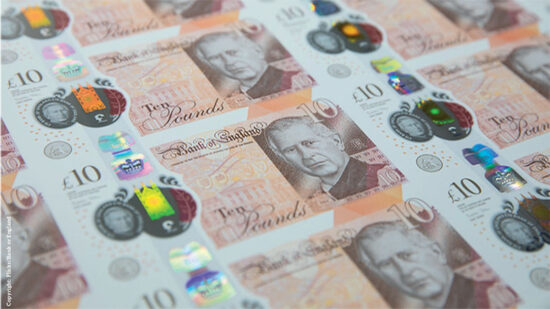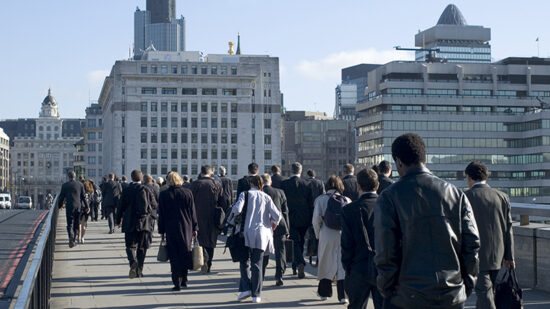The most significant driver of the £3bn loss was the sale of Aviva’s US business at less than half its book value, a deal agreed in December 2011. Because of the deal, Aviva had to make two separate payments to purchaser Athene Holding in relation to “goodwill and intangibles” of £0.9bn, which was recognised in the first half of 2012, and a further payment of £2.4bn which was made later on.
Shareholders were also disappointed today by the announcement from group chief executive Mark Wilson that Aviva had decided to pay a final dividend for 2012 of 9 pence per share, giving a payout for 2012 of 19 pence, a 27% cut on the 26 pence paid last year.
Wilson explained that the reduction in the dividend is required in order to help the company reduce its leverage, which is currently ahead of competitors, so it has the cash to invest in resources for “important long term structural requirements”.
The CEO also announced a pay freeze for the top 400 managers at the company and said that Aviva’s overall spend on bonuses at senior levels “will match the business performance and will be based on rigorous differentiation between performance levels”.
Disposal programme
The sale of Aviva’s US business is part of a wider disposal programme which was announced by the company in July last year.
The programme was launched following a strategic review in which Aviva identified 19 “red” cells (business units) which it saw as a priority to exit – seven which it has already managed to sell – including the US business, a Malaysian joint venture and its business in Russia. In addition, Aviva has settled a dispute with Bankia in Spain and reduced exposure to Italy and exited the large bulk annuities business in the UK.
Wilson said: “…in recent years Aviva has not lived up to its potential and has disappointed shareholders.
“In 2012 our chairman, John McFarlane, highlighted these issues and set out a clear plan. The actions in 2012 to focus the business, strengthen the balance sheet, and improve performance have been the right ones and progress has been made.
“Aviva has delivered a large part of the disposal programme. In line with the plan laid out in July last year, in 2012 we narrowed the focus of our business through the announced sales of our most significant non-core businesses, including the sales of Delta Lloyd, USA, Sri Lanka, Malaysia and lastly Russia.”
As well as the red cells, Aviva also identified 27 “amber” cells which it has targeted for improvement through revenue increase, cost reduction, loss mitigation or capital reduction and said seven of these have been brought up to “green” cell status. As it stands Aviva has nine red cells, 20 amber cells and 22 green cells.
With the focus for Aviva turning to cash generation and simplification of its business, it identified some sweet spots over the past year.
Aside from the UK, which continues to be the largest revenue driver for Aviva and which delivered operating profit from its general insurance business of £448m last year, income from Singapore increased to £65m from £52m in 2011 and France and Canada contributed life operating and IFRS operating profit of £335m and £276m, respectively.








